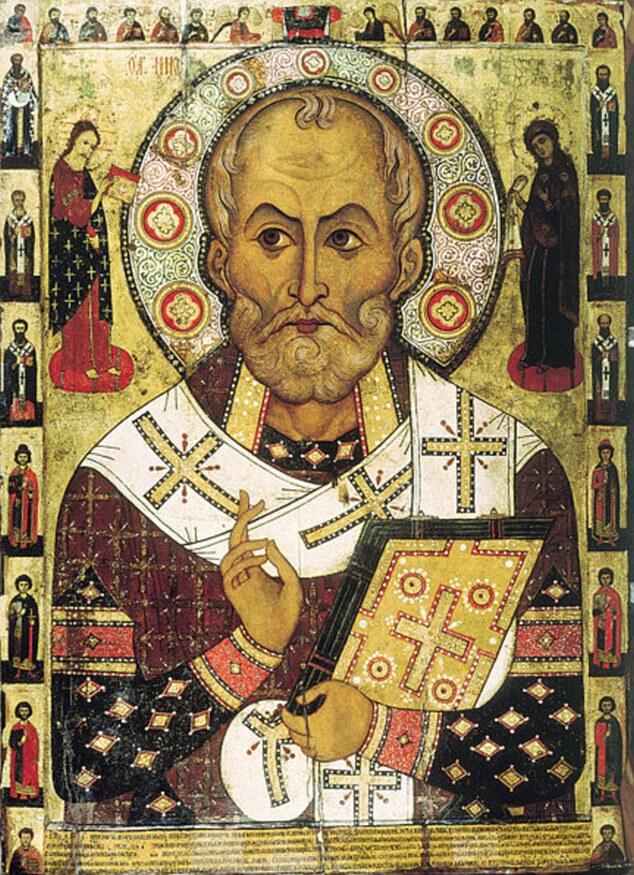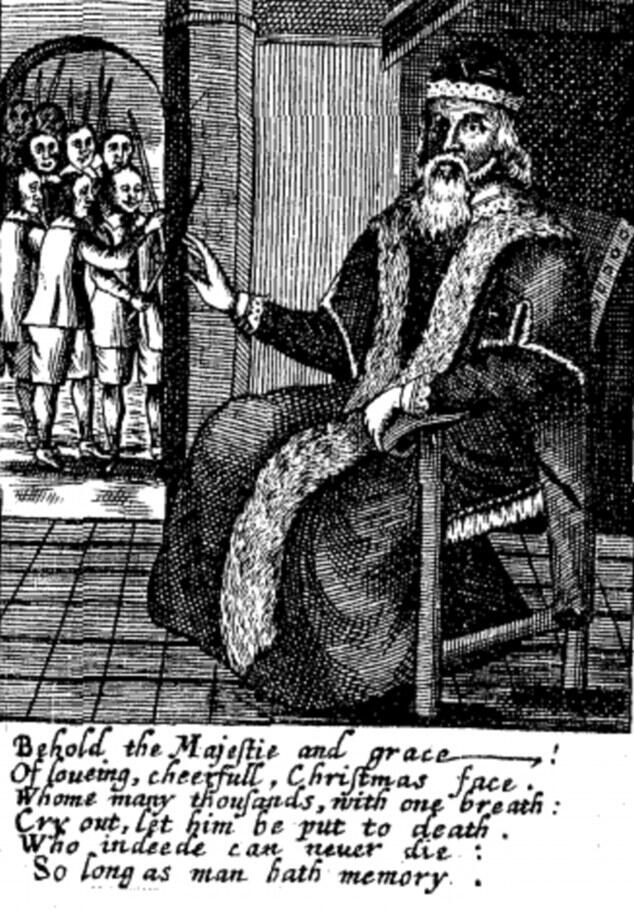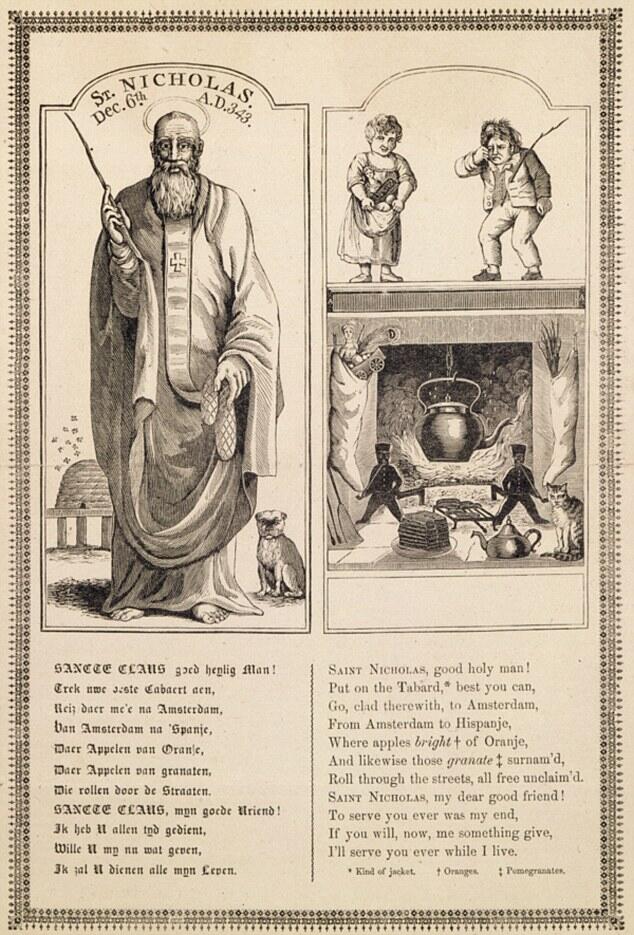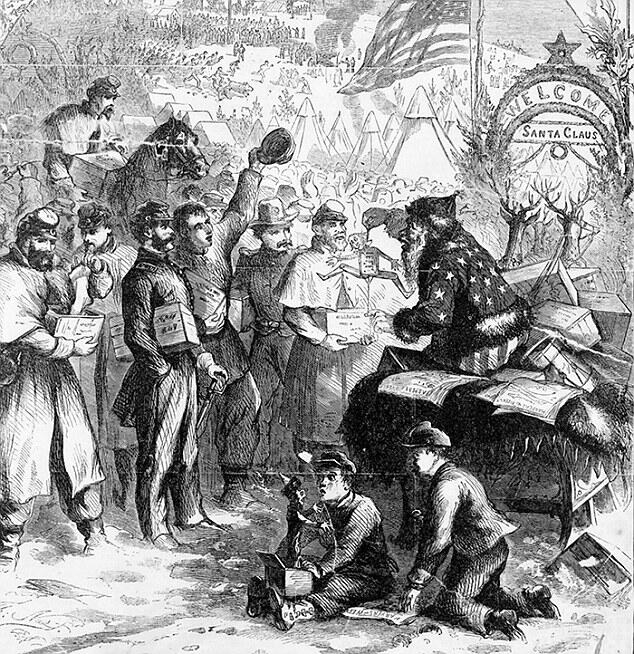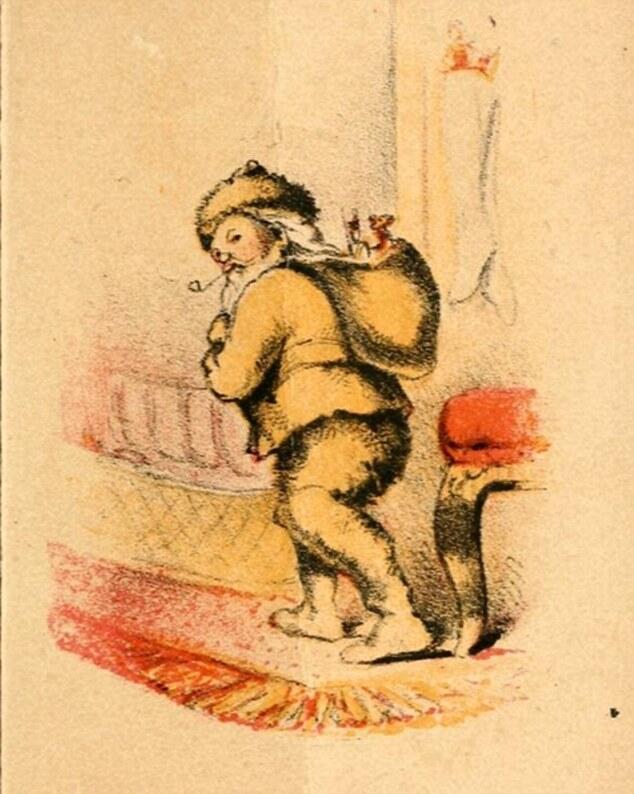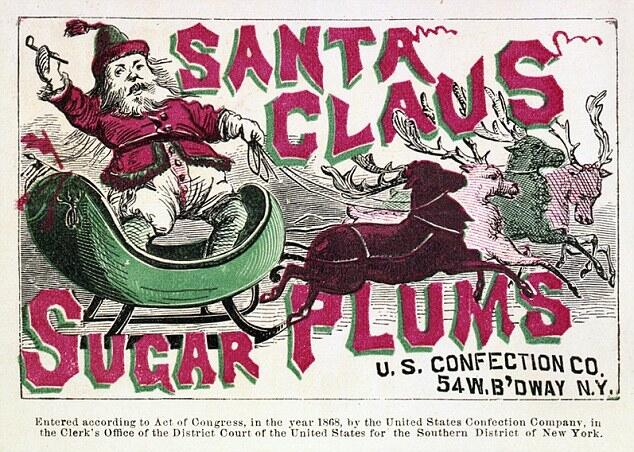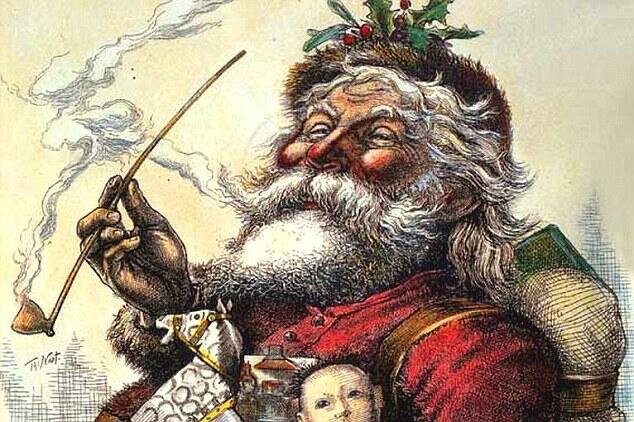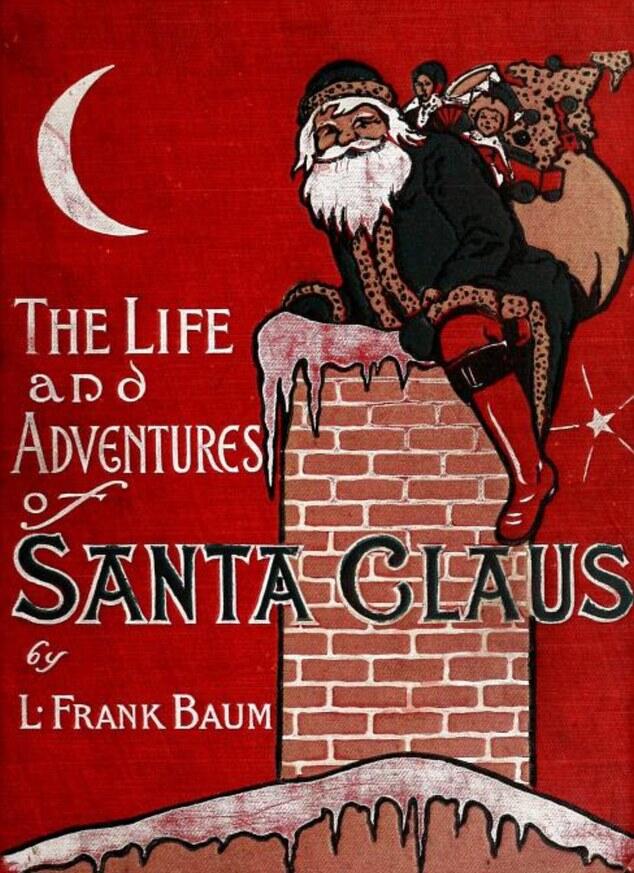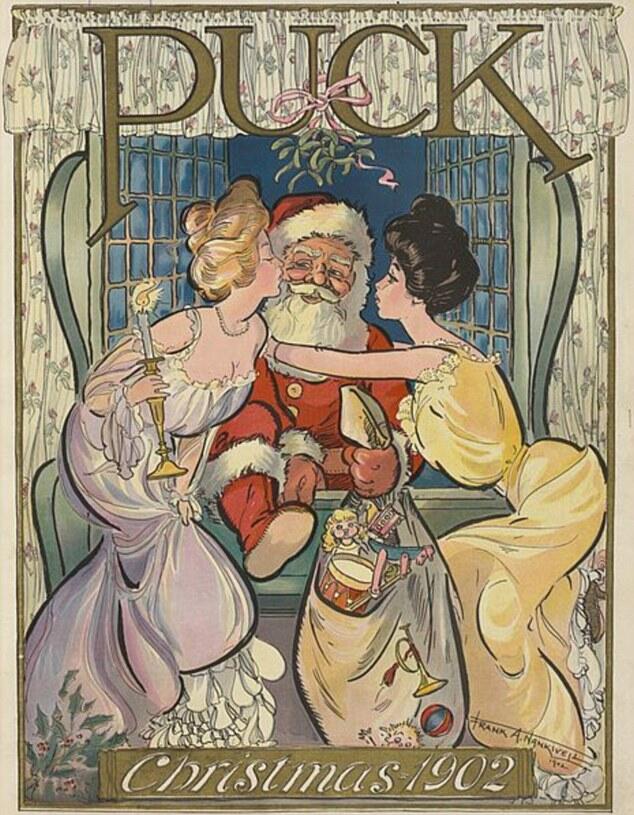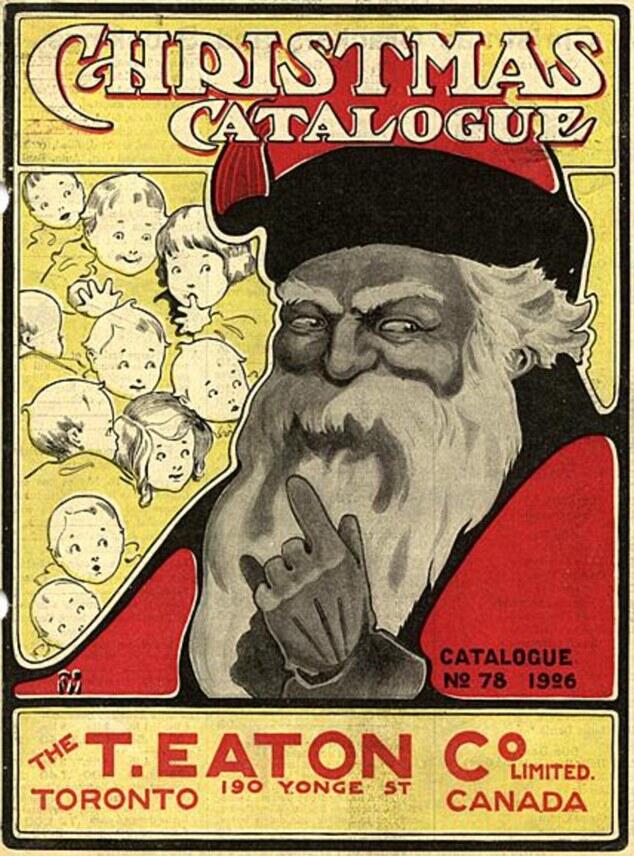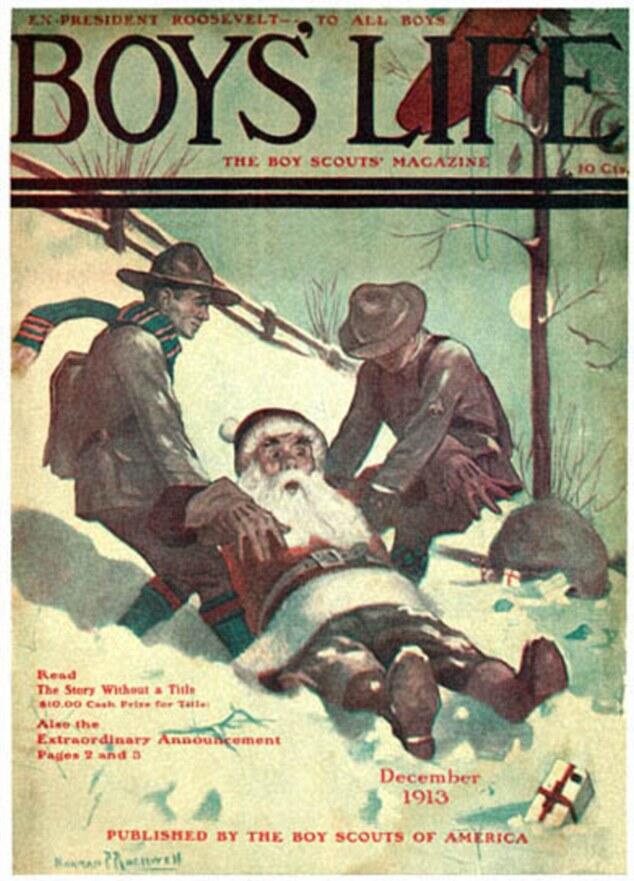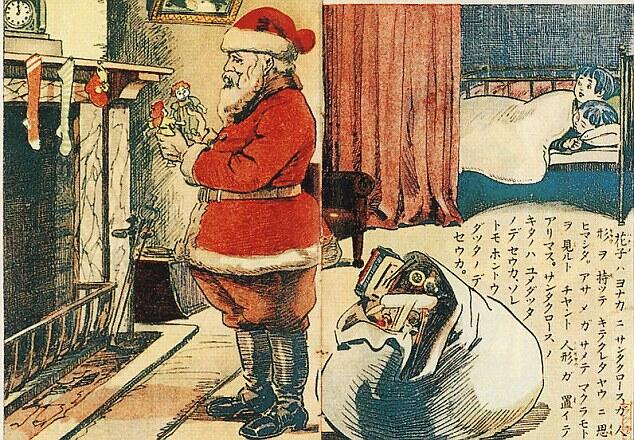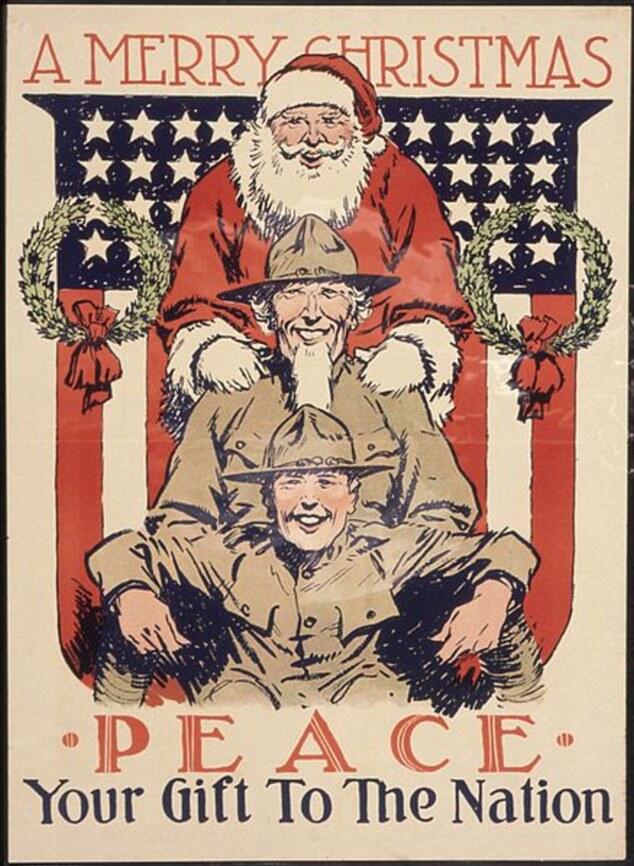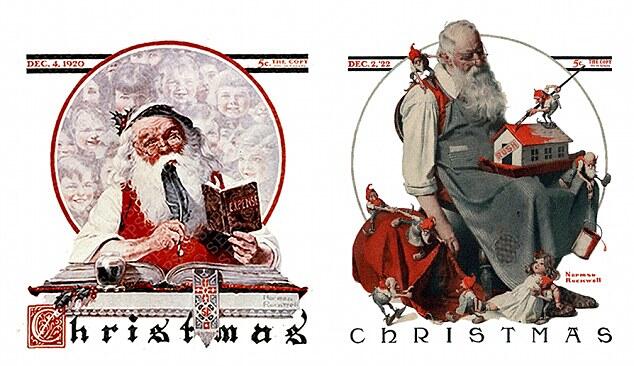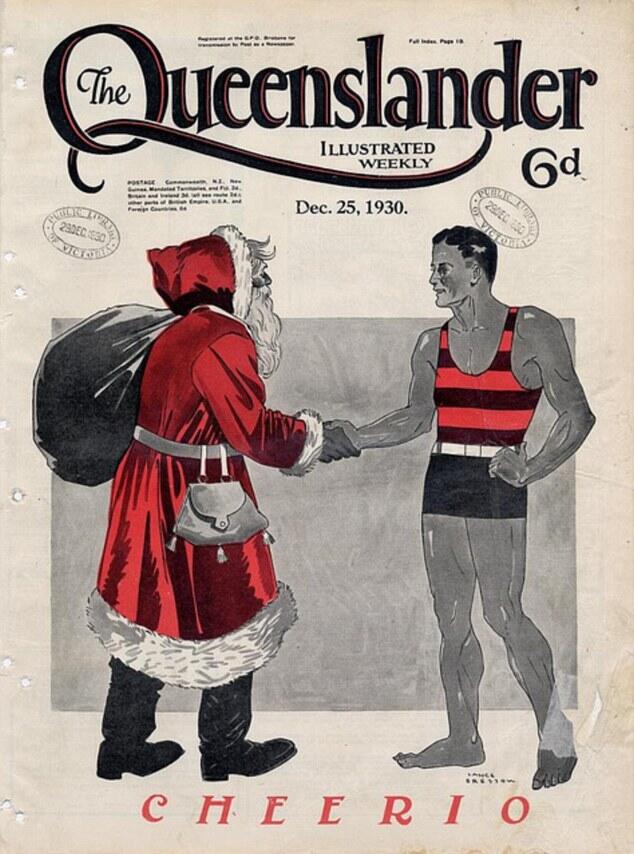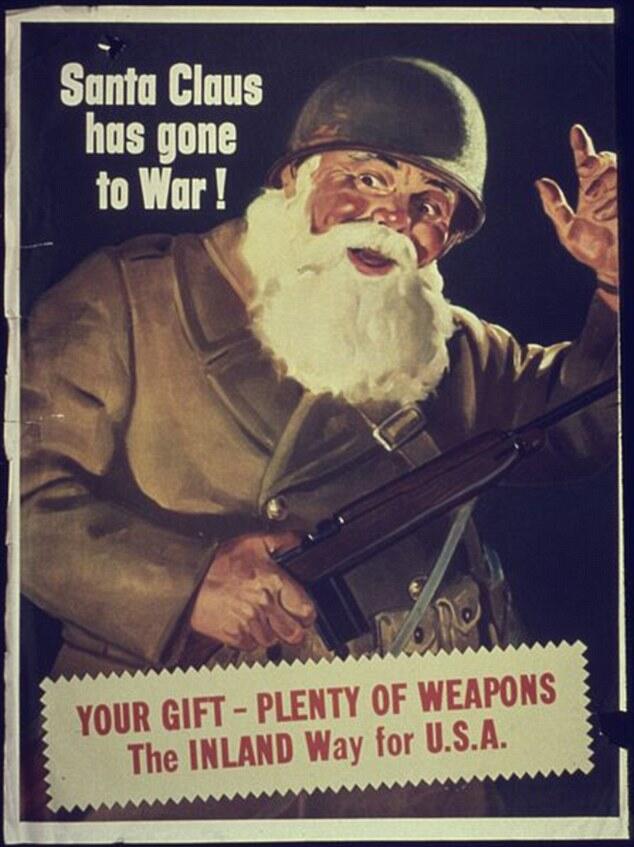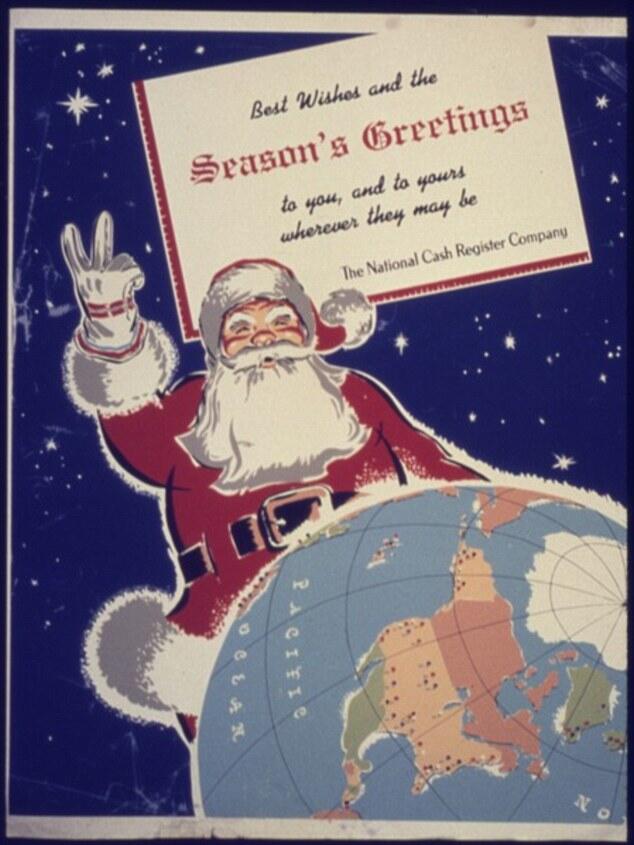- Beranda
- Komunitas
- Entertainment
- The Lounge
Perubahan Santa Claus Dari Masa Ke Masa.
TS
pakmomon
Perubahan Santa Claus Dari Masa Ke Masa.
The changing face of Old St Nick: How Santa Claus's image has evolved through the past 700 years (but that big white beard has always stayed the same)
After more than 700 years, quite a lot has changed in both the meaning and appearance of Christmas.
But when it comes to Old St Nick, ironically with his age, the one thing that may not have changed could very well be his big white beard as this unique collection of historical pictures show.
First pictured in the 4th century, in one seen example of a Russian icon dating to 1294, as history tells, St Nicholas Lipensky was a real man and bishop who would launch the many faces and stories we know today.
Born in Asia Minor, he is remembered for his charitable giving, notably to children, in one instance providing anonymous dowries to three young girls to prevent them from entering prostitution.
For three nights he is said to have walked by their home, tossing a bag of money through an open window for them to find in the morning.
Today he is buried in the Italian city of Bari where his tomb is visited by thousands every year.
An annual ceremony since 1980 goes so far as to extract a clear liquid from his bones called the ‘manna of Saint Nicholas.’ According to the Catholic Church, the extract is said to hold healing properties.
Skipping ahead several hundred years to 1686, he is seen again as Father Christmas, a figure in English folklore who rallied on the holiday spirit but had no association with gift giving, nor toward children.
Then seen in Josiah King's The Examination and Tryal of Father Christmas, his image was produced just after a ban on Christmas was removed in England over accusations that it was a symbol of 'Catholic superstition and godless self-indulgence.'
Evolving closer to at least the name we know today of Santa Claus, it was Dutch settlers in America that created the figure of 'Sinterklaas.'
In 1804, the Dutch influenced city of New Amsterdam - today known as New York City - named St Nicolas as their patron saint to both the city and New York Historical Society.
Several years later in 1810 the society held their first St Nicholas anniversary dinner, commissioning artist Alexander Anderson to sketch the saint for the event.
Its result is the bearded patron seen wearing a bishop's robe and halo above his head, while stuffed stockings hang by the fireside dangling presents.
Two children, a smiling little girl and a grumpy boy who’s pocketing a stick, are also pictured - the girl clutching items like a doll while the boy stands empty handed.
'Saint Nicholas, my dear good friend! To serve you ever was my end, If you will, now, me something give, I'll serve you ever while I live,' a few lines provided with Mr Anderson's sketch reads.
The Catholic Church would later call the Dutch's rendition of their saint a kind of ‘magician.’
In 1863, famed American cartoonist Thomas Nast provided a sketch of 'Santa Claus' passing out toys among American troops that appeared on the front page of Harper's Weekly.
His today iconic fur-lined coat made an appearance, while seen featuring bannered stars, much like the American flag.
Later on, an elfish persona could be seen of the crafty and magical man, while coupled with reindeer, a sleigh, and a sack of toys over his shoulder - all compliments still of Mr Nast's imagination or at least wide use.
In an 1864 drawing, he's seen tiptoeing by a fireside in Clement Moore's poem, a Visit from St Nicholas.
In it, while keeping his suit with a fur-trimmed hat, his suit is yellow instead of red.
Four years later in 1868, Santa is seen finally wearing red while waving behind his sleigh of reindeer in an ad for Sugar Plums - a treat perhaps most memorable today thanks to the poem (‘Twas) The Night Before Christmas first published in the early 1820s.
Just several years later in 1881, an illustration by Mr Nast lavished the man in intricate detail, from a smoking pipe, rosy cheeks, Holy-topped hat, and fur-lined suit of red.
He named him Merry Old Santa.
Entering the 20th century, several books, advertisements and magazine covers gradually began showing Santa like we see him most today - though in the beginning his coat's colour still was a matter of artistic opinion.
It was in the 1920s when the Coca-Cola Company began their Christmas advertising using a variation of Thomas Nast's depictions, though not sipping the carbonated beverage.
It was instead in the 1930s when the company took a loser approach to the man in red, painting him drinking from a bottle of Coke in a department store.
Assisted by the hand of artist Haddon Sandblom, the company then depicted the man delivering toys – as well as playing with them - visiting with children who stayed up late to meet him, and reading their letters.
The images later turned into calendars, dolls, and posters, which are popular collectables today.
After more than 700 years, quite a lot has changed in both the meaning and appearance of Christmas.
But when it comes to Old St Nick, ironically with his age, the one thing that may not have changed could very well be his big white beard as this unique collection of historical pictures show.
First pictured in the 4th century, in one seen example of a Russian icon dating to 1294, as history tells, St Nicholas Lipensky was a real man and bishop who would launch the many faces and stories we know today.
Spoiler for Original St Nick:
Born in Asia Minor, he is remembered for his charitable giving, notably to children, in one instance providing anonymous dowries to three young girls to prevent them from entering prostitution.
For three nights he is said to have walked by their home, tossing a bag of money through an open window for them to find in the morning.
Today he is buried in the Italian city of Bari where his tomb is visited by thousands every year.
An annual ceremony since 1980 goes so far as to extract a clear liquid from his bones called the ‘manna of Saint Nicholas.’ According to the Catholic Church, the extract is said to hold healing properties.
Skipping ahead several hundred years to 1686, he is seen again as Father Christmas, a figure in English folklore who rallied on the holiday spirit but had no association with gift giving, nor toward children.
Spoiler for Father Christmas:
Spoiler for American-Dutch rendition:
Then seen in Josiah King's The Examination and Tryal of Father Christmas, his image was produced just after a ban on Christmas was removed in England over accusations that it was a symbol of 'Catholic superstition and godless self-indulgence.'
Evolving closer to at least the name we know today of Santa Claus, it was Dutch settlers in America that created the figure of 'Sinterklaas.'
In 1804, the Dutch influenced city of New Amsterdam - today known as New York City - named St Nicolas as their patron saint to both the city and New York Historical Society.
Several years later in 1810 the society held their first St Nicholas anniversary dinner, commissioning artist Alexander Anderson to sketch the saint for the event.
Its result is the bearded patron seen wearing a bishop's robe and halo above his head, while stuffed stockings hang by the fireside dangling presents.
Two children, a smiling little girl and a grumpy boy who’s pocketing a stick, are also pictured - the girl clutching items like a doll while the boy stands empty handed.
'Saint Nicholas, my dear good friend! To serve you ever was my end, If you will, now, me something give, I'll serve you ever while I live,' a few lines provided with Mr Anderson's sketch reads.
The Catholic Church would later call the Dutch's rendition of their saint a kind of ‘magician.’
Spoiler for Santa Claus:
In 1863, famed American cartoonist Thomas Nast provided a sketch of 'Santa Claus' passing out toys among American troops that appeared on the front page of Harper's Weekly.
His today iconic fur-lined coat made an appearance, while seen featuring bannered stars, much like the American flag.
Later on, an elfish persona could be seen of the crafty and magical man, while coupled with reindeer, a sleigh, and a sack of toys over his shoulder - all compliments still of Mr Nast's imagination or at least wide use.
In an 1864 drawing, he's seen tiptoeing by a fireside in Clement Moore's poem, a Visit from St Nicholas.
In it, while keeping his suit with a fur-trimmed hat, his suit is yellow instead of red.
Spoiler for Various shades:
Spoiler for Sugar plums:
Spoiler for Merry Old Santa:
Four years later in 1868, Santa is seen finally wearing red while waving behind his sleigh of reindeer in an ad for Sugar Plums - a treat perhaps most memorable today thanks to the poem (‘Twas) The Night Before Christmas first published in the early 1820s.
Just several years later in 1881, an illustration by Mr Nast lavished the man in intricate detail, from a smoking pipe, rosy cheeks, Holy-topped hat, and fur-lined suit of red.
He named him Merry Old Santa.
Entering the 20th century, several books, advertisements and magazine covers gradually began showing Santa like we see him most today - though in the beginning his coat's colour still was a matter of artistic opinion.
Spoiler for Artistic rendering:
Spoiler for Tiptoeing elf:
Spoiler for Modernizing:
Spoiler for American icon:
Spoiler for Worldwide:
It was in the 1920s when the Coca-Cola Company began their Christmas advertising using a variation of Thomas Nast's depictions, though not sipping the carbonated beverage.
It was instead in the 1930s when the company took a loser approach to the man in red, painting him drinking from a bottle of Coke in a department store.
Assisted by the hand of artist Haddon Sandblom, the company then depicted the man delivering toys – as well as playing with them - visiting with children who stayed up late to meet him, and reading their letters.
The images later turned into calendars, dolls, and posters, which are popular collectables today.
Spoiler for Stretching symbol:
Spoiler for Behind the beard:
Spoiler for Styles:
Spoiler for Man of war:
Spoiler for World peace:
0
1.9K
5
Komentar yang asik ya
Urutan
Terbaru
Terlama
Komentar yang asik ya
Komunitas Pilihan
